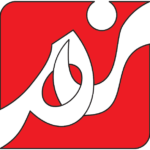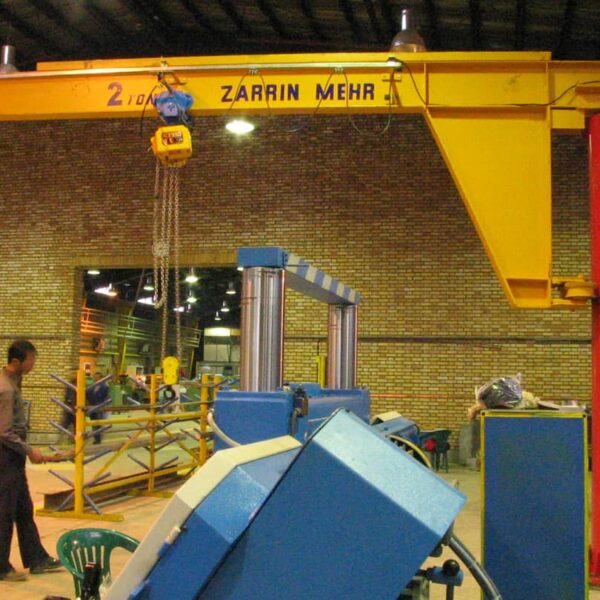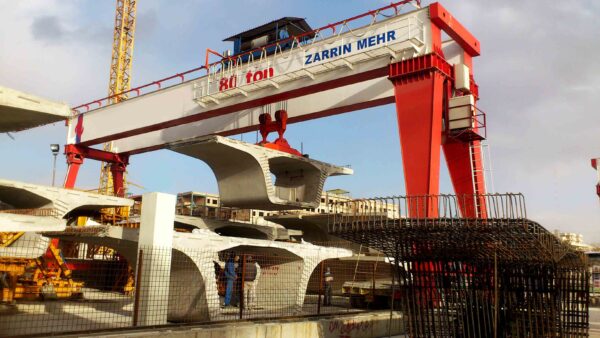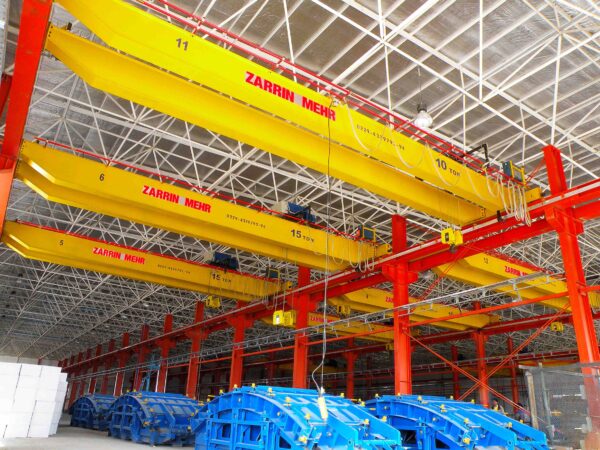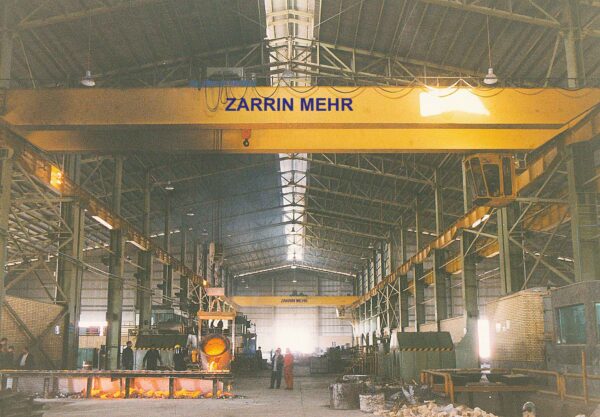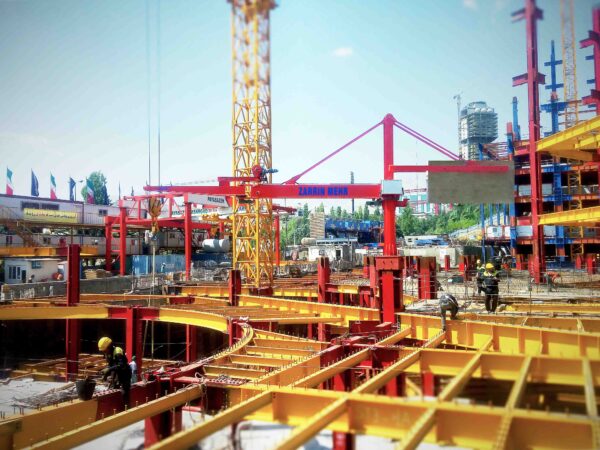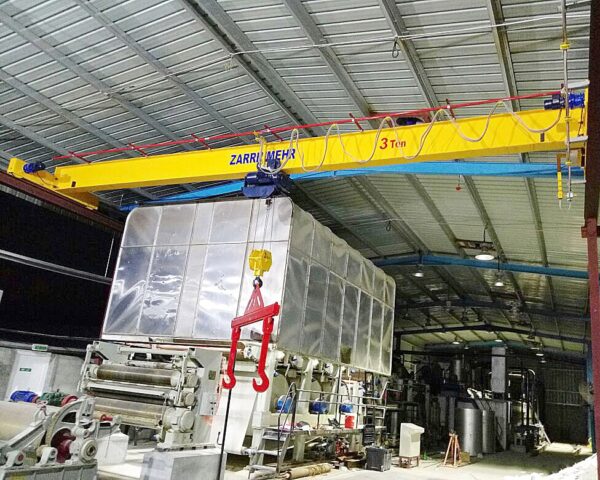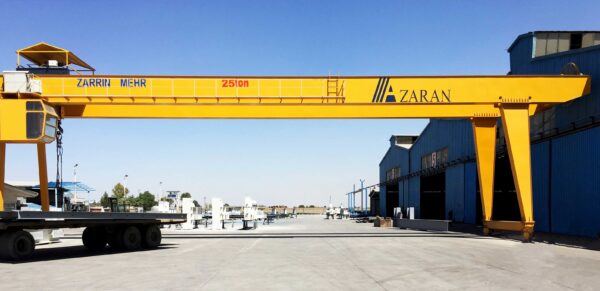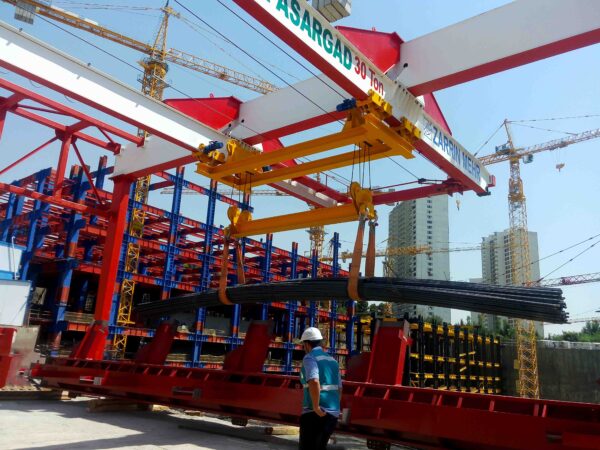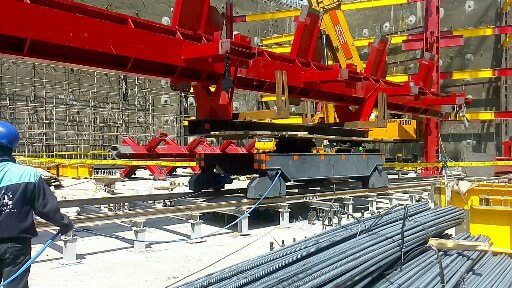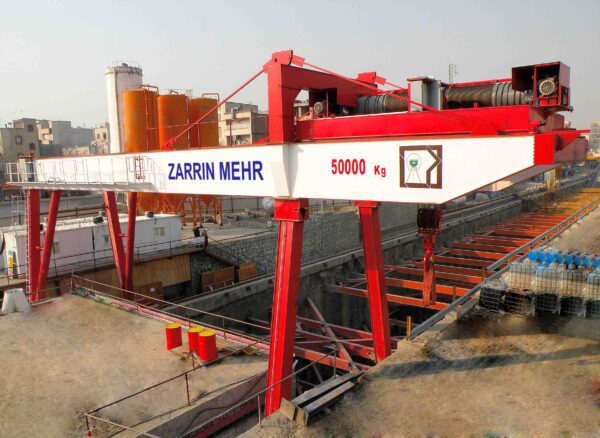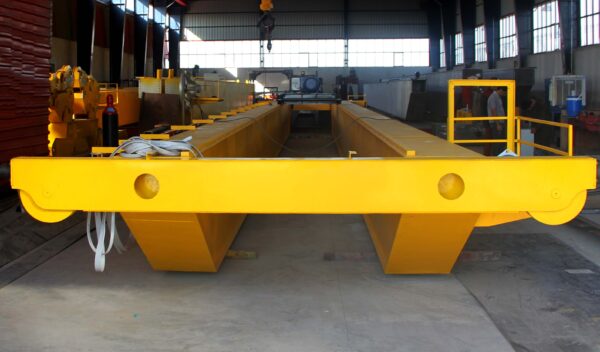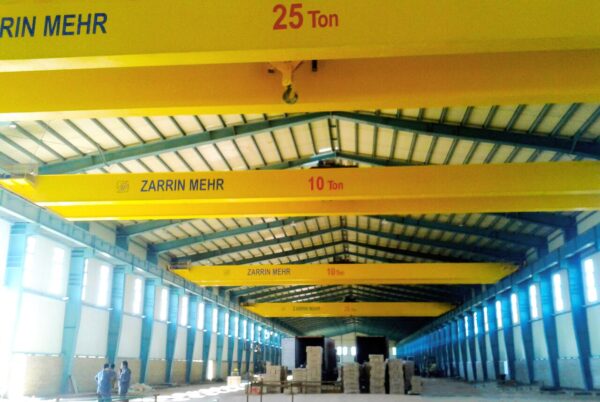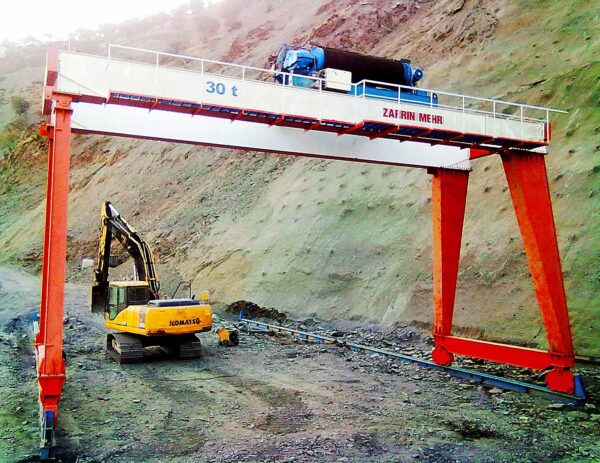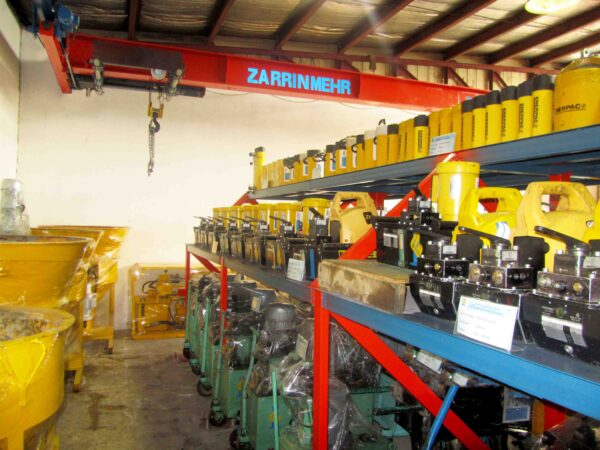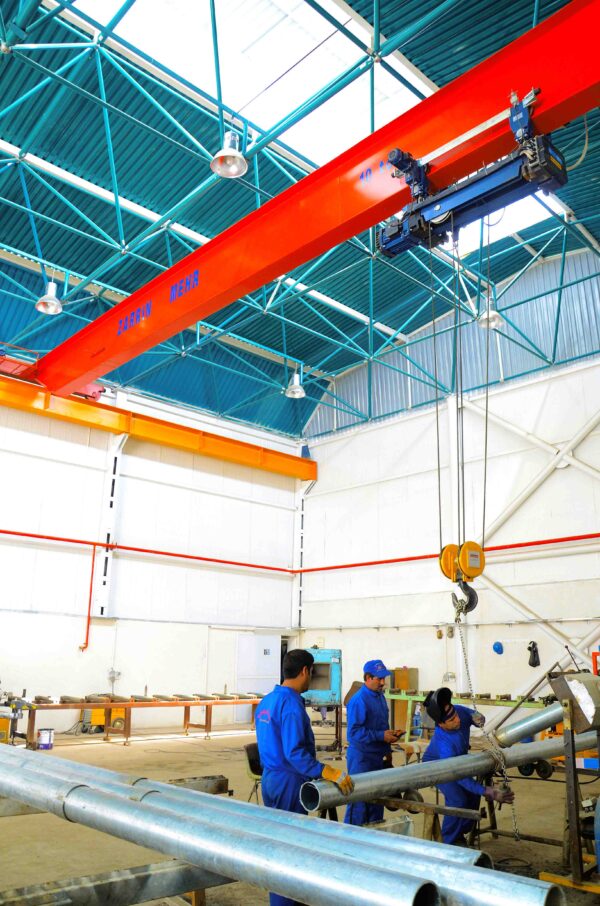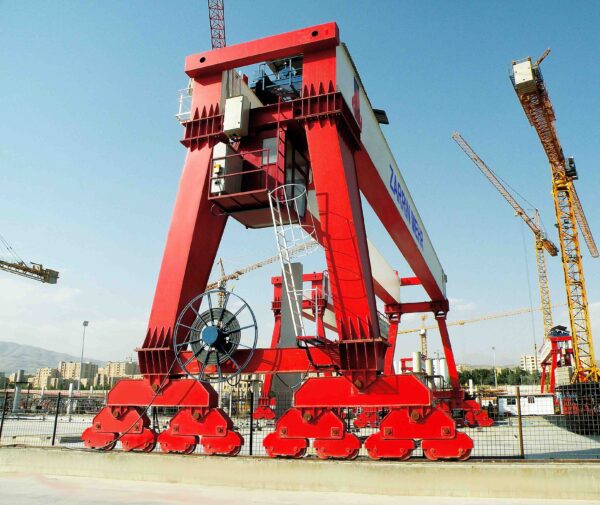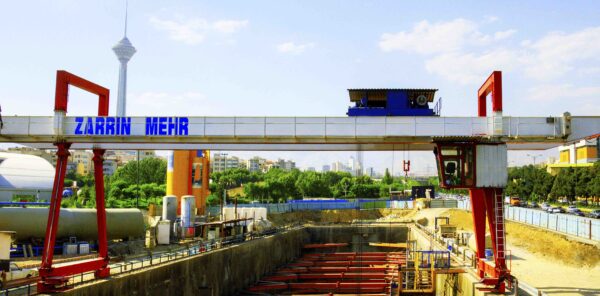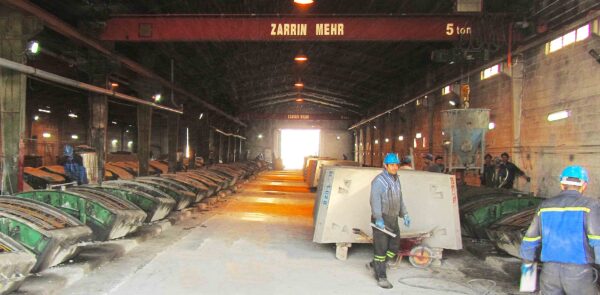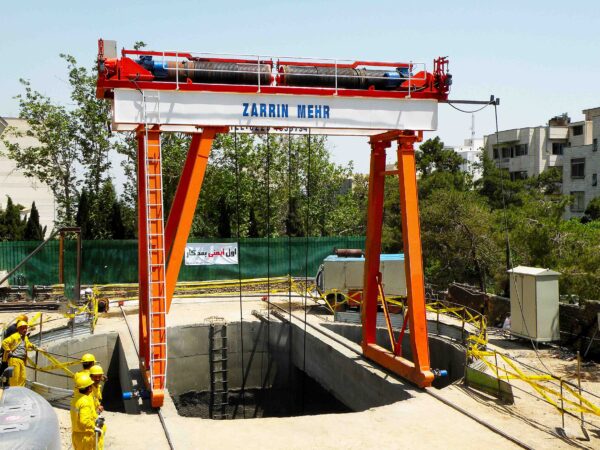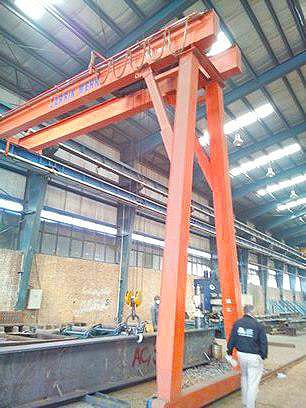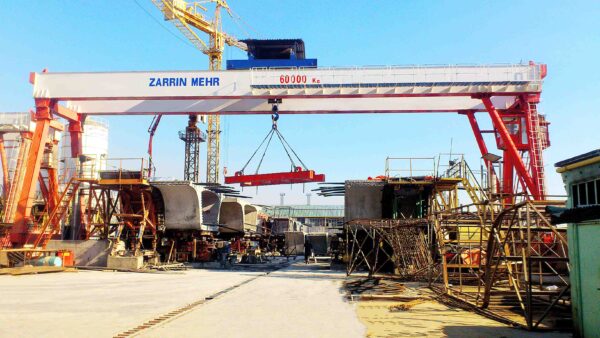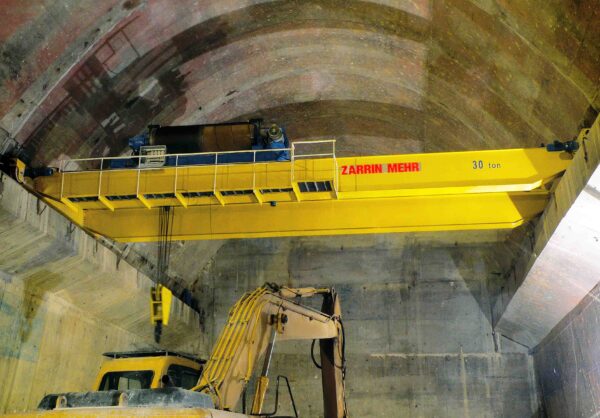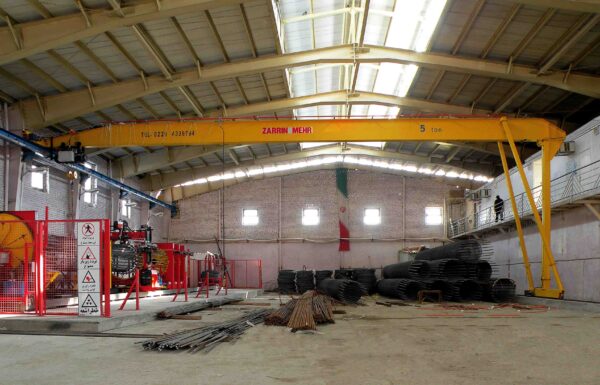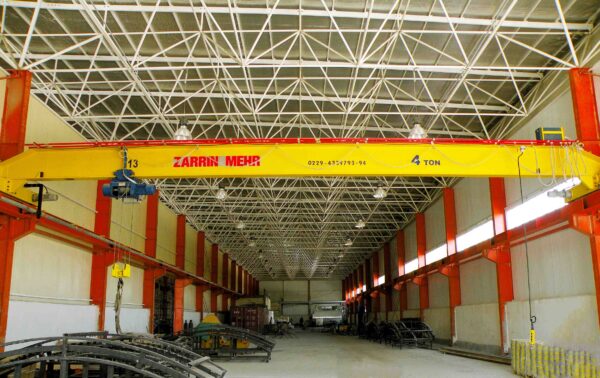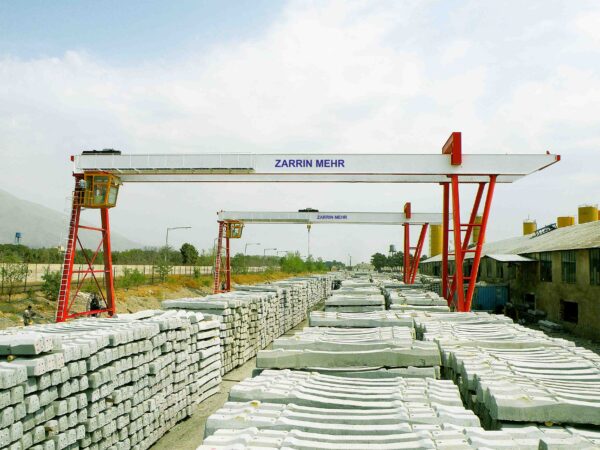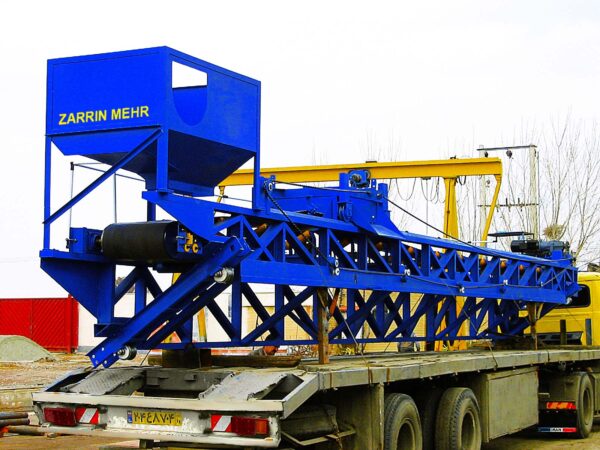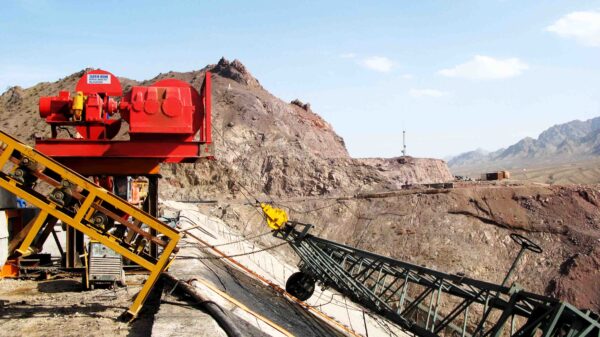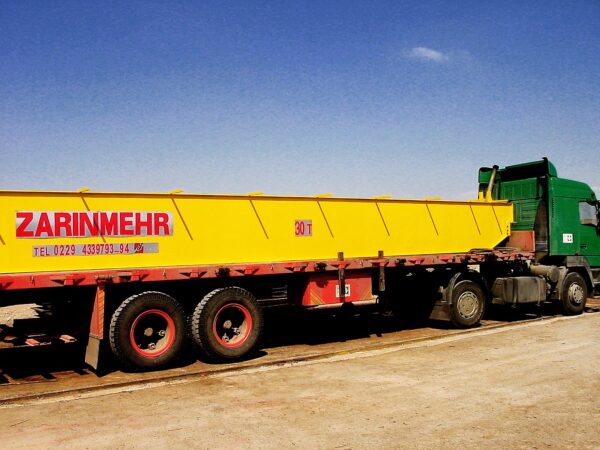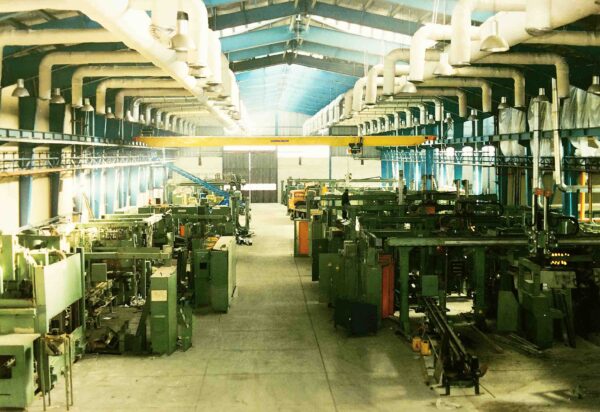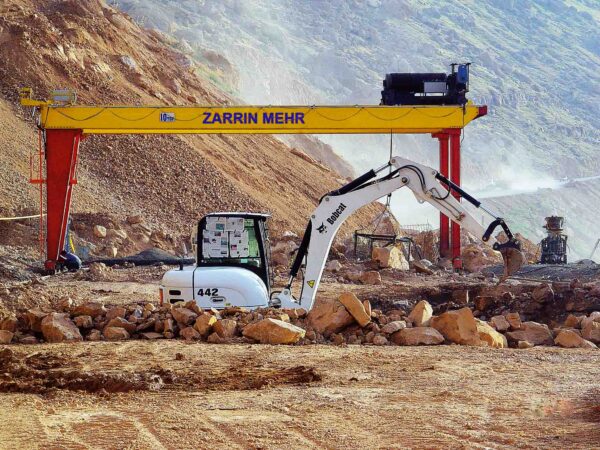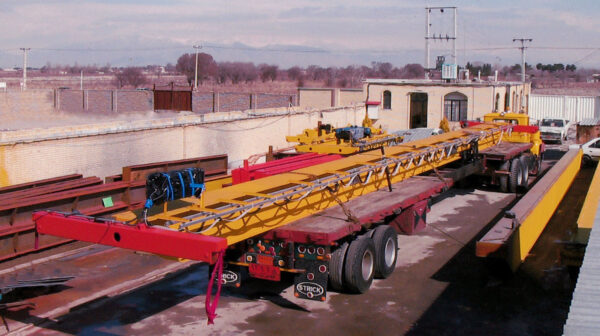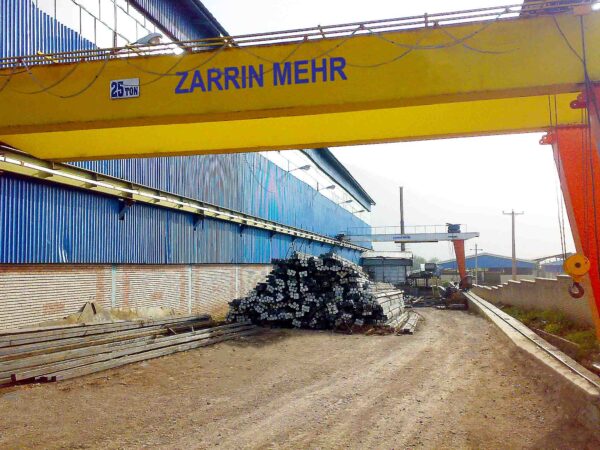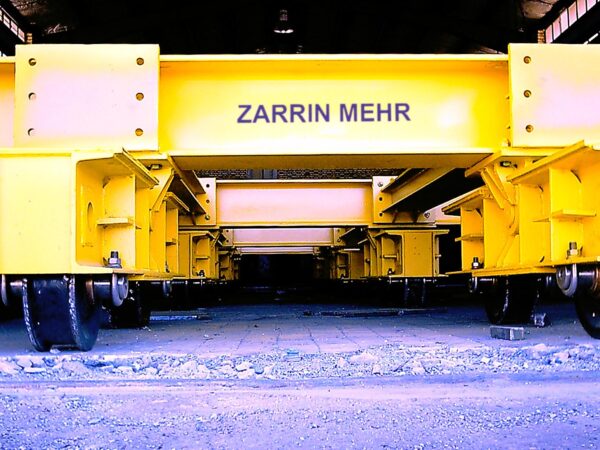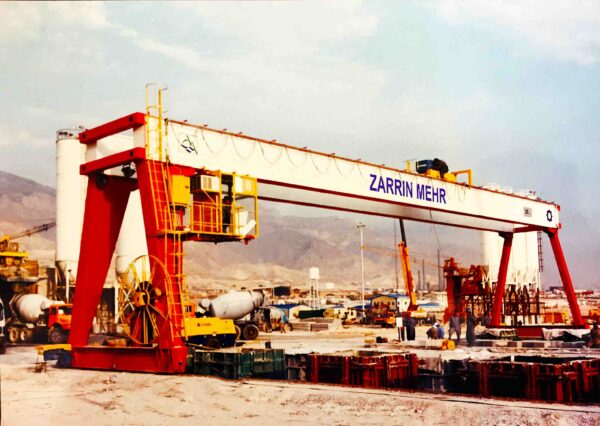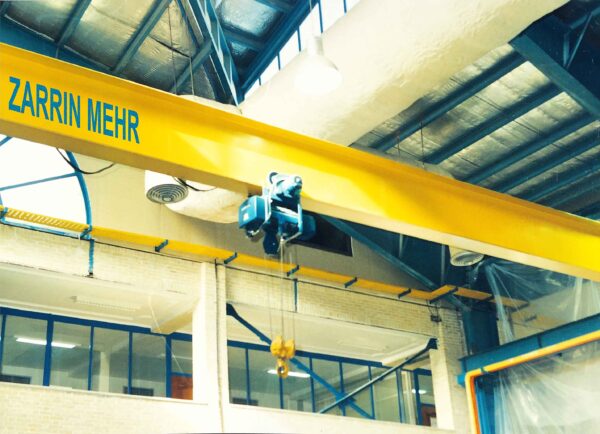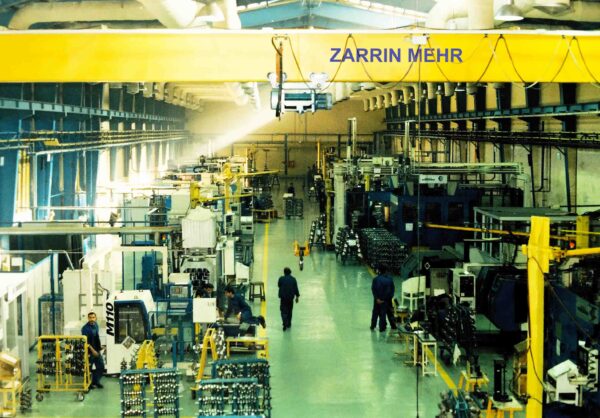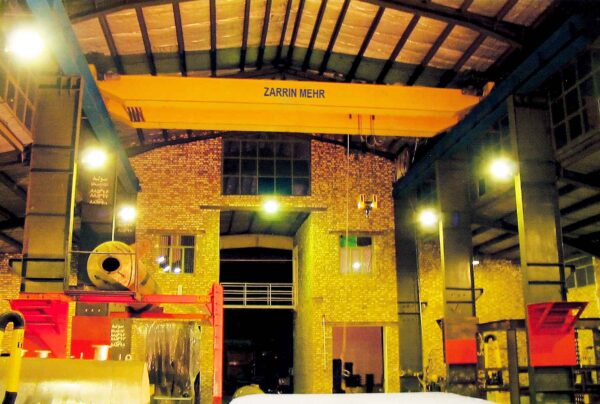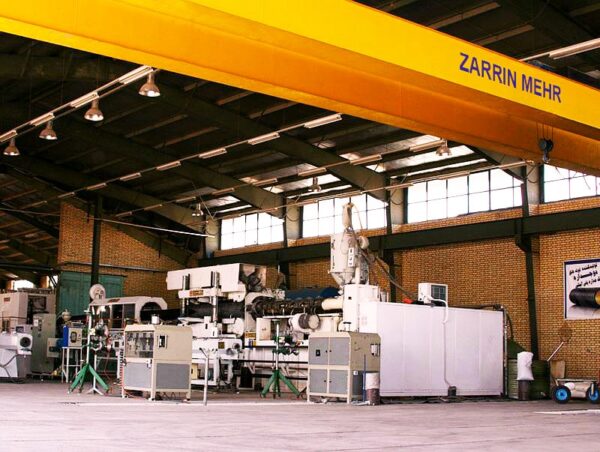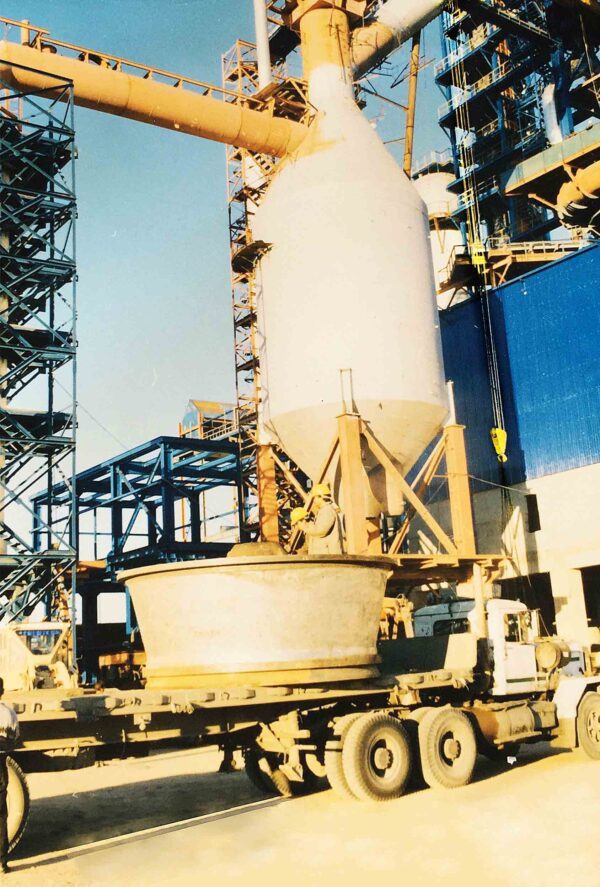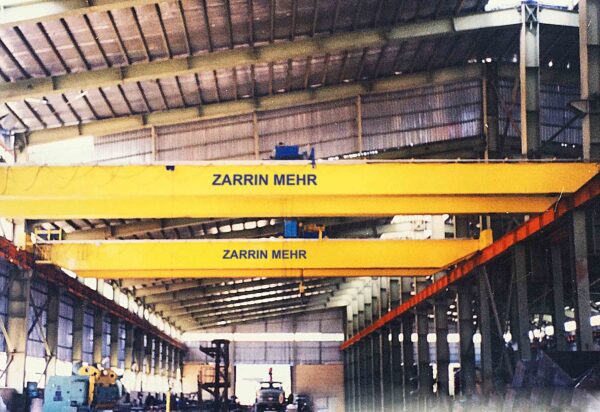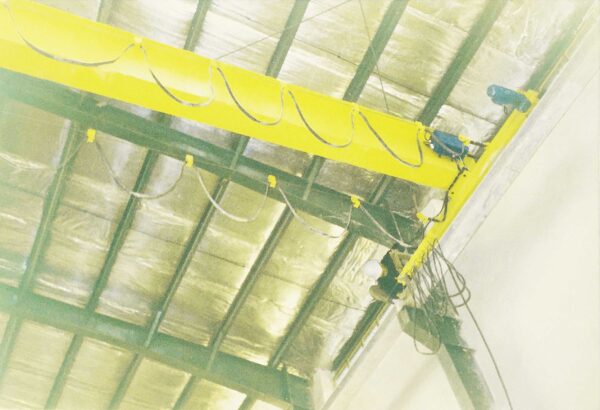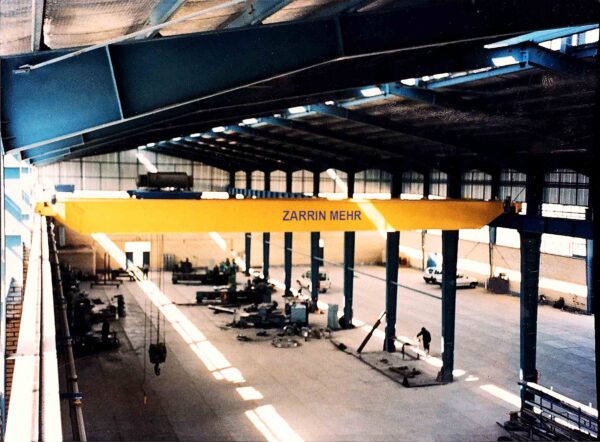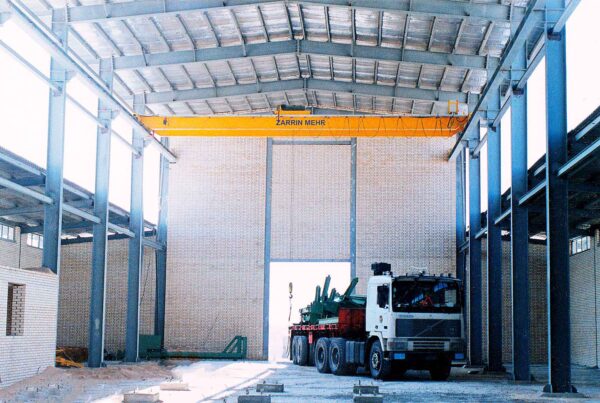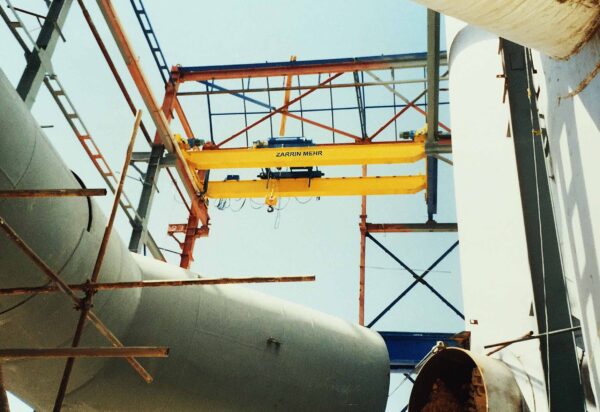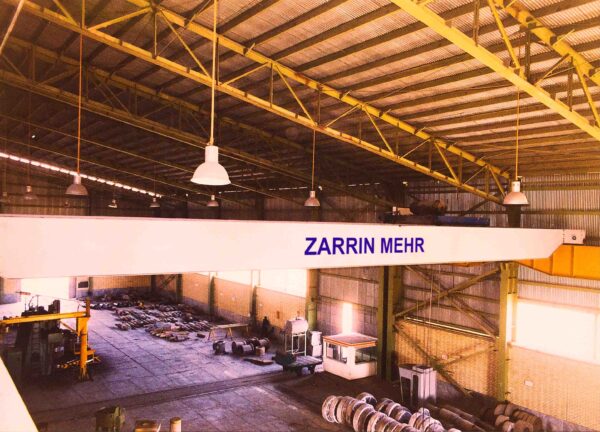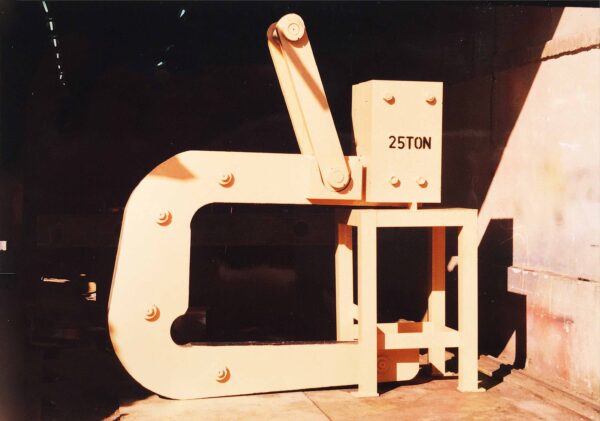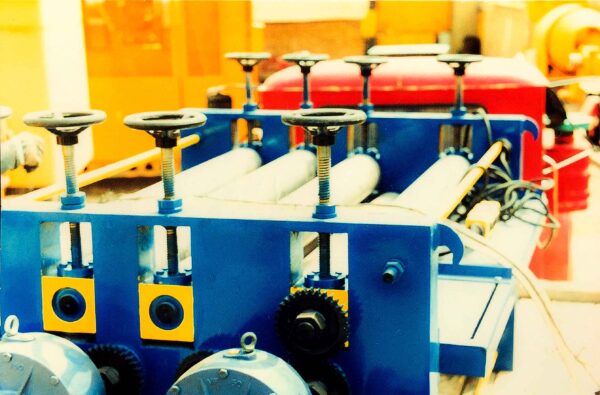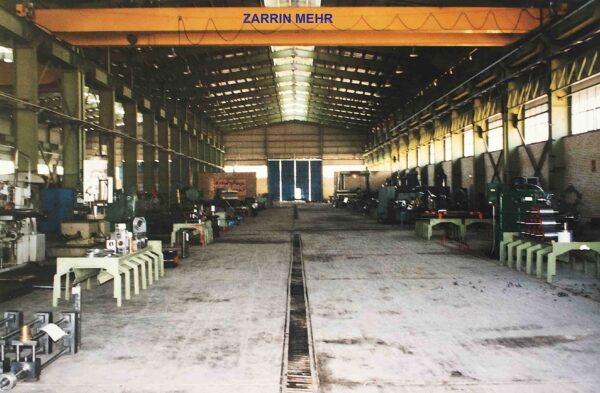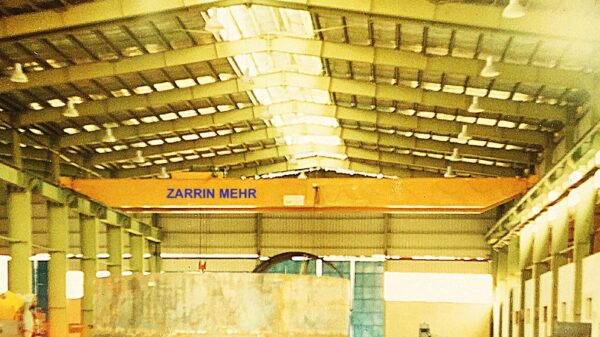An electric winch is a mechanical device used to pull in, let out, or adjust the tension of a cable, rope, or wire. Unlike manual winches, which require human effort to turn a crank or lever, electric winches are powered by an electric motor. These winches are commonly used in a variety of applications, from light-duty tasks like boat trailer operations to heavy-duty uses such as vehicle recovery, construction, and industrial lifting.
Main Components of an Electric Winch:
- Electric Motor: This is the powerhouse of the winch. It provides the necessary torque to wind or unwind the cable or rope around the drum.
- Drum: This is the cylindrical component around which the cable or rope is wound.
- Cable or Rope: This is the pulling medium that is wrapped around the drum. It can be made of steel, synthetic materials, or other strong fibers, depending on the application.
- Gearbox: This is the gearing mechanism that amplifies the torque produced by the electric motor, allowing the winch to pull heavier loads.
- Clutch: This component disengages the drum from the motor, allowing the cable to be pulled out manually.
- Control Box/Remote Control: This is the interface used to operate the winch. It can be a hardwired control box or a wireless remote control.
- Hook or Other Attachment: This is the end piece used to connect the winch cable to the object being pulled or lifted.
- Braking Mechanism: Most electric winches have some kind of braking system to hold the load in place when the winch motor is not active.
Types of Electric Winches:
- Utility Winches: These are general-purpose winches used for a variety of light to medium-duty tasks.
- Vehicle Recovery Winches: These are designed for mounting on off-road or other vehicles for the purpose of self-recovery or recovering other stuck vehicles.
- Marine Winches: These are designed for nautical applications and are built to withstand corrosive marine environments.
- Industrial Winches: These are heavy-duty winches used in industrial settings, often for lifting or pulling very heavy loads.
Advantages:
- Ease of Use: With the push of a button, you can operate the winch, making it easier and quicker to move heavy objects.
- Higher Capacity: Electric winches can handle heavier loads compared to manual winches, making them suitable for more demanding applications.
- Consistency: Electric winches provide more consistent pulling power compared to manual winches, which can be subject to human fatigue.
- Remote Operation: Many electric winches come with remote controls, allowing for safer and more flexible operation.
Safety Precautions:
- Always ensure the winch is rated for the load you intend to pull or lift.
- Make sure the winch is securely anchored to a stable structure.
- Regularly inspect the cable or rope for wear and tear.
- Follow all manufacturer guidelines for operation and maintenance.
Electric winches are invaluable tools for various lifting and pulling tasks in many different environments, from recreational to industrial. As with any piece of machinery, it’s important to follow all safety guidelines and operating procedures to ensure effective and safe use.

